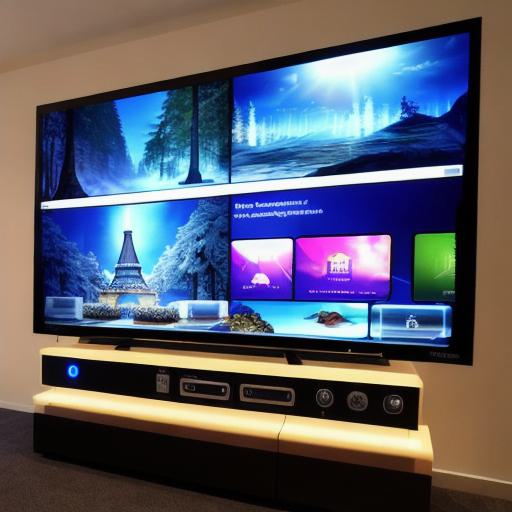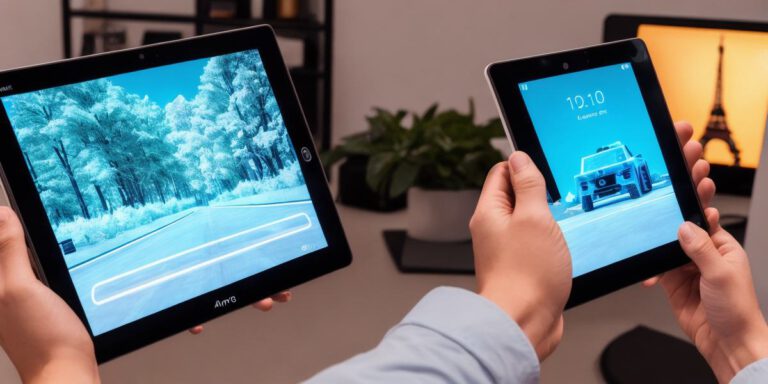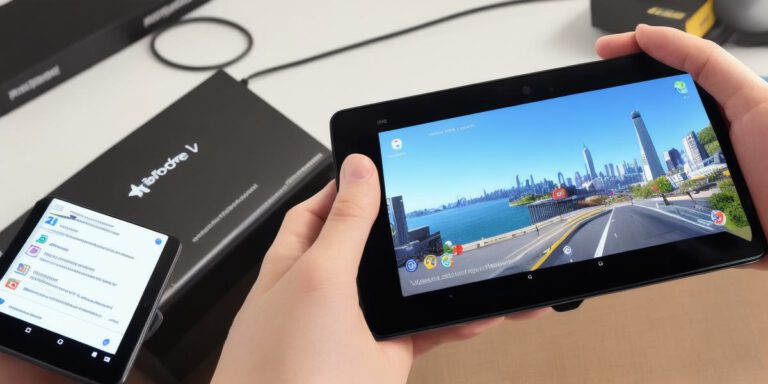Mastering ARCore on Android: Tips, Tricks, and Best Practices

Introduction
ARCore, Google’s augmented reality (AR) platform for Android devices, has gained immense popularity in recent years due to its versatility and flexibility. With ARCore, developers can create immersive and interactive experiences that blend the real world with virtual elements, making it an ideal tool for gamers, educators, and marketers alike.
In this article, we will explore some of the best practices for using ARCore on Android devices, including tips for creating engaging content, optimizing performance, and ensuring a seamless user experience. We will also delve into some of the latest trends and developments in AR technology, and provide insights from industry experts to help you stay ahead of the curve.
Getting Started with ARCore
Before diving into the world of AR development on Android, it’s essential to understand the basics of ARCore and how it works. ARCore uses a combination of sensors, cameras, and algorithms to track the position and orientation of your device in the real world, allowing you to overlay virtual objects onto the physical environment.
One of the key benefits of using ARCore is its compatibility with a wide range of Android devices, from smartphones and tablets to wearables and smart glasses. This makes it easy for developers to reach a large and diverse audience without having to create multiple versions of their app for different platforms.
Creating Engaging Content with ARCore
Now that you have a basic understanding of how ARCore works, let’s explore some tips for creating engaging content using this platform.
One of the most important aspects of creating engaging AR experiences is to ensure that they are intuitive and easy to use. This means designing your app with clear and concise controls, and minimizing any potential points of confusion or frustration for the user.
Another key factor in creating engaging content with ARCore is to make sure it’s visually appealing. This can be achieved by using high-quality textures and graphics, as well as incorporating interactive elements such as animations and sound effects to keep the user engaged.
Optimizing Performance with ARCore
While AR experiences can be incredibly immersive and engaging, they also require a significant amount of processing power and memory to run smoothly. This means that optimization is essential for ensuring a seamless user experience.
Some of the key factors to consider when optimizing your AR app include minimizing draw calls, reducing the number of polygons in your models, and using texture atlases to reduce the number of textures needed to render your scene.
Another important aspect of optimization is to test your app on a variety of devices and ensure that it runs smoothly across all platforms. This can help you identify any potential performance issues and make adjustments as needed to improve overall performance.
Staying Up-to-Date with AR Technology
The world of AR technology is constantly evolving, with new developments and innovations emerging all the time. Staying up-to-date with these trends is essential for staying ahead of the curve and ensuring that your app remains relevant and engaging for your users.
Some of the key trends in AR technology include advancements in machine learning and artificial intelligence (AI), as well as the increasing use of haptic feedback and other sensory inputs to enhance the user experience.
Industry experts also predict that we will see more widespread adoption of AR in industries such as healthcare, education, and retail in the coming years, making it even more important for developers to stay informed about the latest developments and trends.
FAQs
Here are some common questions that may arise when using ARCore on Android devices:

- What devices are compatible with ARCore?
- ARCore is compatible with a wide range of Android devices, from smartphones and tablets to wearables and smart glasses.
- How do I optimize my AR app for performance?
* Some








